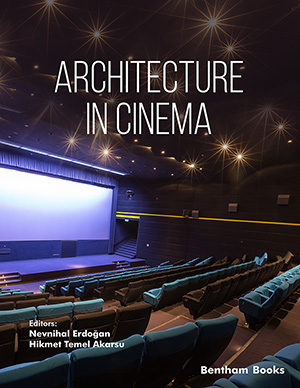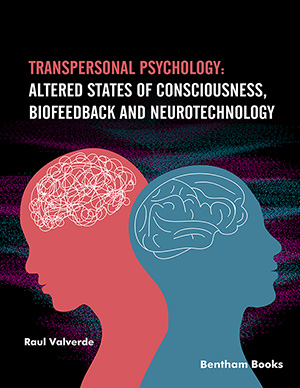Abstract
The Lord of the Rings, which had a significant impact all over the world, attracted great attention both by literary assemblies and by the written and visual media. The Lord of the Rings, a literary adaptation about which a lot has been written, has become a matter of world public opinion. The interest first started with the curiosity of marginal youth circles, then gradually formed the agenda of all mainstream literature, before and after adaptations, film, film music, inspirational music albums, computer games, and philosophy that occupied the whole world for many years. In the article, inferences will be made by focusing on the architectural references and perceptions of this artistic phenomenon.
The author of The Lord of the Rings novels is a respected Oxford professor, J. R. R. Tolkien. The books were also published while the author was alive and compiled interest. However, towards the end of the 20th century, that is, long after the death of the author, the prestige, fame, and interest he had reached an unbelievable level. Almost all over the world, a Lord of the Rings and Middle-earth fashion has emerged. This extraordinary interest was quick to attract the attention of Hollywood. Thus, under the leadership of Peter Jackson, inhabiting the unspoiled nature of New Zealand, perhaps the most comprehensive film plateau in history was established to revive Tolkien's fantastic universe. And this plateau was used throughout the trilogy and even later for film sequels like The Hobbit.
The reason behind the stories of The Lord of the Rings and Middle-earth having attracted so much attention years later and having received so much interest from almost all of humanity is that they have a highly indirect and sophisticated architectural perception, an understanding of space, and a philosophy of life. While filming the places that are told by Tolkien in this story, Peter Jackson also succeeded in splendidly recreating the places and making us see the malicious messages as well as giving beautiful references to architecture.
Tolkien set out with his vision of a holistic and fantastic space called Middle-earth in The Lord of the Rings series, and with his metaphors, he gave us unique philosophical ideas about the ways, methods, and models in which people's perceptions and choices of life would lead them. Peter Jackson, on the other hand, adapted this work to the cinema with great success in the famous Lord of the Rings trilogy and gave competent new inspirations about both the perception of space and the understanding of life.
Keywords: Architecture in Cinema, dwarves, elijah Wood, elves, english Literature, hobbit, hollywood, J.R.R. Tolkien, literary Adaptations in Cinema, middle Earth, new Zealand, orlando Bloom, orcs, peter Jackson, rivendell, the Fellowship of the Ring, the Lord of The Rings, twin Towers, the Ents, the Two Towers, the Return of the King.







